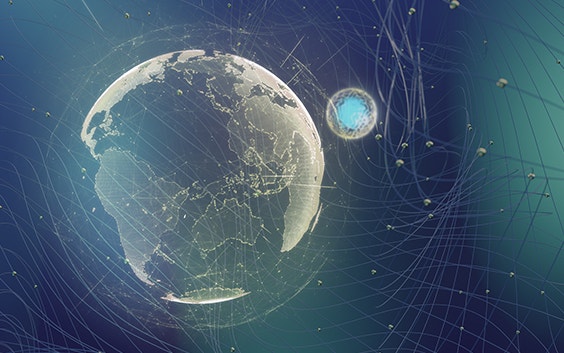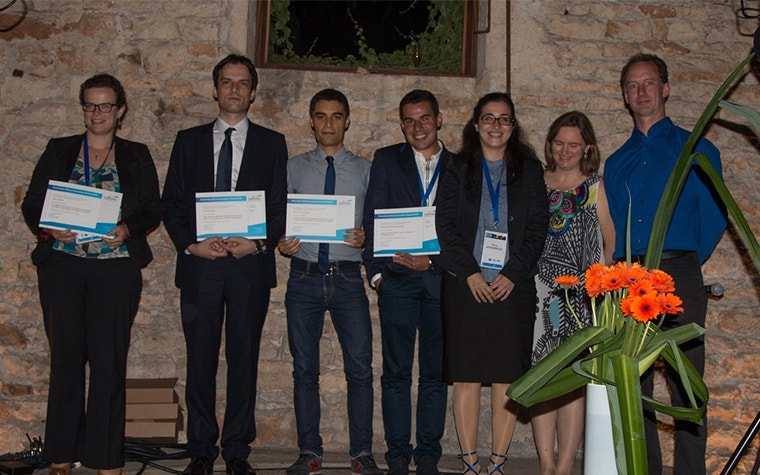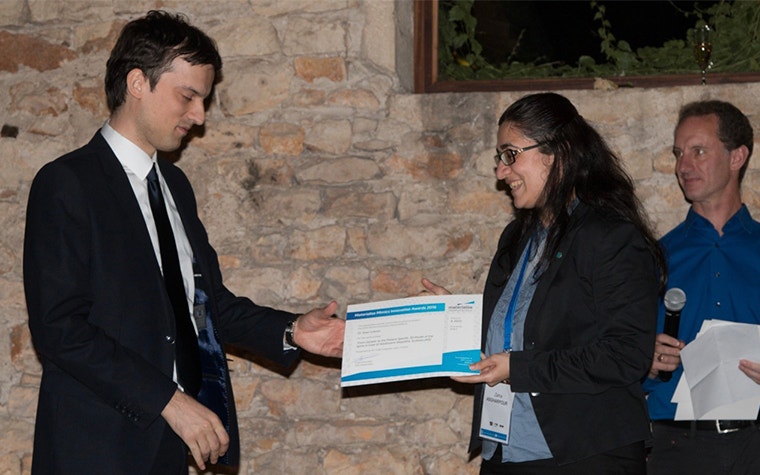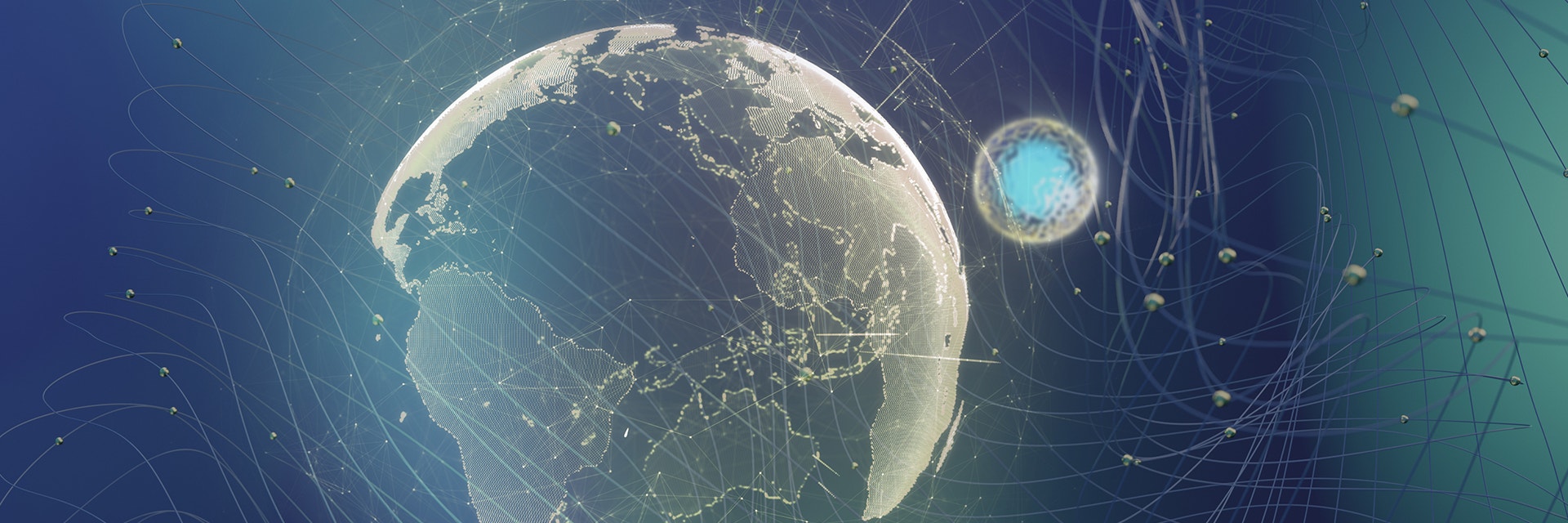EXPERT INSIGHT
Life After Winning a Mimics Innovation Award

The Materialise Mimics Innovation Awards have been acknowledging and rewarding researchers who have excelled in medical innovations since 2005. The competition offers international recognition and a monetary prize that empowers winners to continue their research, regardless of the discipline. Participants come from universities, hospitals, medical device companies, and research centers that use the Materialise Mimics Innovation Suite software.
So, what happens after winning such an award? Our 2016 EMEA MIA winner Dr. Saša Ćuković, a postdoctoral research fellow in Biomechanics at ETH Zurich in Switzerland, is happy to share how life blossomed for him after this victorious moment.


Ups and downs throughout the research
Dr. Ćuković received his PhD in 2015 in Biomechanical Engineering at the University of Kragujevac, Serbia where he studied under Prof. Dr. Goran Devedzic. He started his PhD research in 2011 on 3D modeling spinal deformities.
His research centers around an innovative approach to diagnosing adolescent patients with scoliosis. Specifically, how to diagnose patients without the harmful ionizing effects left by traditional methods such as radiographic imaging. Dr. Ćuković uses 3D optical scanning of the dorsal surface and trunks of the subjects to extract an accurate 3D image of the deformities.
During his PhD studies, Dr. Ćuković traveled abroad to visit other scientific institutions. He spent five months at the Technical University of Munich, studying under Prof. Dr. Nassir Navab. Extended trips to Graz, Berlin, Vienna, Bari, and Taranto followed, occasionally interrupted by short visits that sent him zigzagging through Europe.
Although Dr. Ćuković’s research group was rather small and did not possess many resources, their participation in a European project (BioEMIS, 530423-TEMPUS-1-2012-1-UKTEMPUS-JPCR) allowed the team to obtain the equipment and software they needed for their work. One of the software applications they used was the Mimics Innovation Suite and this is when Dr. Ćuković first started working with it.
In 2015, Dr. Ćuković experienced a brief setback, as he did not get selected for assistant professor. Bigger groups got the spotlight and funding, and small groups remained in the shadows. Instead of seeing this as a failure, however, Dr. Ćuković chose to turn it into an opportunity. After winning all the grants for which he applied, Dr. Ćuković came back at full speed in 2016.
It was by chance that Dr. Ćuković came to learn about the Mimics Innovation Awards from a Materialise marketing email campaign in 2016. It was so enticing that although time was lacking, he opted to apply. He sent the final manuscript, co-authored by Prof. Dr. Goran Devedzic and Dr. Vanja Lukovic, hours before the deadline, entitled From Generic to the Patient Specific 3D Model of the Spine in Case of Adolescent Idiopathic Scoliosis (AIS).
What did the Mimics Innovation Awards bring for you?
2015 had been an exacting year, facing rejection and surmounting obstacles, but on that special evening, at the ESB in Lyon, success smiled at Dr. Ćuković.
As he presented his winning paper to approximately 70 people, things took an impressive turn.
“Winning the 2016 award was instrumental in my achievements following that moment. ”
— Dr. Ćuković.
The conference was a great opportunity for him to see international colleagues, expand his network, and meet many members of the European Society of Biomechanics. It was also on that night that he first met his current academic supervisor, Prof. Dr. William Taylor. Being able to talk in person about his research with Dr. Taylor resulted in an invitation to pursue his postdoctoral research at the renowned ETH Zurich and Institute for Biomechanics. Dr. Ćuković received the Swiss Government Excellence Scholarship for his postdoctoral research.
Today, Dr. Ćuković and his team are setting up an experimental face-off: 3D optical scanning of the dorsal surface versus patient X-rays. If the results are as good as expected, Dr. Ćuković can try and apply his method in a clinical environment. The money from the award will help fund this research.
“Receiving an award is good for innovators as well as for researchers as it gives solid recognition for their work, perhaps even more so than publications. Winning awards also builds up a good momentum for getting more grants and with that, pursuing further research,” Dr. Ćuković says.
Dr. Ćuković encourages his peers in 3D reconstruction and design in biomedical fields to continue applying for awards if their research involves emerging technologies such as augmented reality (AR), virtual reality (VR)*, or new ICT applications. And if their research can have clinical applications that will improve a patient’s quality of life then they should definitely apply.
He’s currently in talks with the Moscow Innovative Agency which holds competitions and looks for ways to collaborate with foreign programs within the scientific community. Dr. Ćuković will apply for this opportunity, and his method will hopefully be used in Moscow hospitals and rehabilitation centers in the near future.


How did Mimics Innovation Suite improve your research?
“Researching scoliosis with the spine in an upright position is extremely challenging. The spine has many vertebrae and between each are very complex joints. Achieving very precise segmentation was only possible with MIS, as the software was able to recognize the contours of the CT slices,” a function Dr. Ćuković likes a lot he explains.
Dr. Ćuković was very pleased with the software as it was able to detect hard and soft tissue, as well as export masks in 3D-point clouds. When asked about what he likes best about Mimics Innovation Suite, Dr. Ćuković answers without missing a beat. “Thresholding, region growing and contour masks. All three functions make it possible to obtain a very accurate 3D reconstruction of complex anatomical shapes.”
“The Mimics Innovation Award is a milestone in my career and an important international recognition of the cutting-edge results I achieved with my team. Application of the Mimics Innovative Suite motivates scientists towards excellence and practical solutions that will definitely contribute to a healthier and better diagnosis,” Dr. Ćuković said.
Dr. Ćuković advises watching our webinars to learn more about the use and applications of the Mimics Innovation Suite and see just how powerful it can be. Why not watch a few yourself?
L-102649-01
Share on:
You might also like
Never miss a story like this. Get curated content delivered straight to your inbox.
